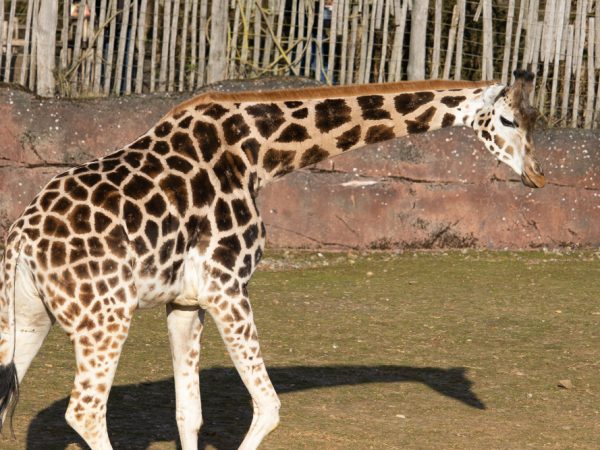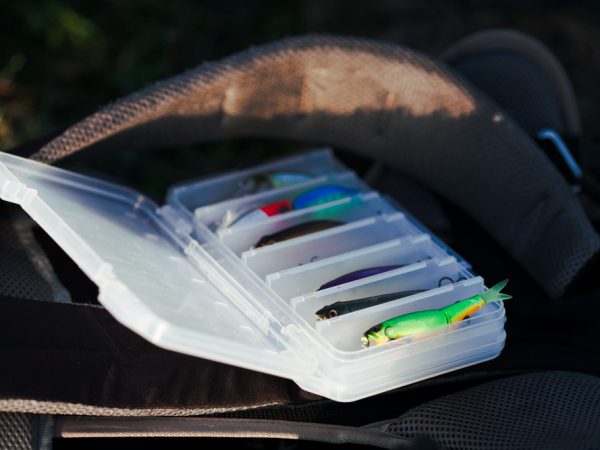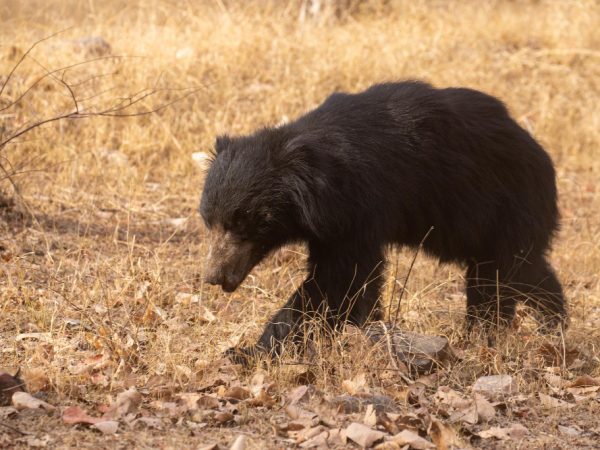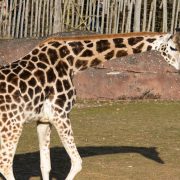Animals in the Arctic: 10 Incredible Creatures That Defy the Cold
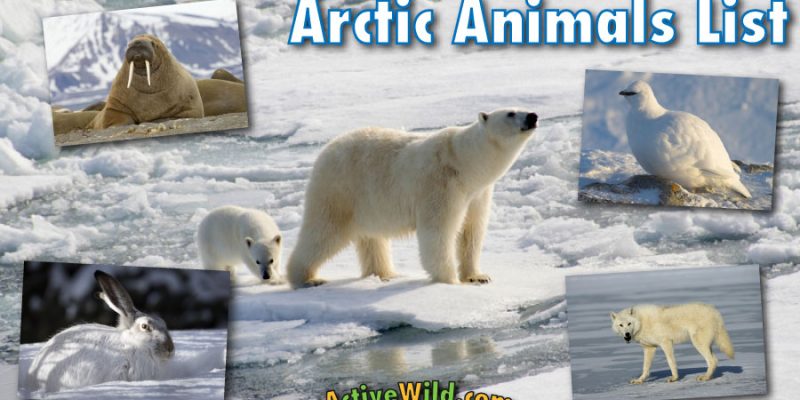
The Arctic is one of the harshest environments on Earth, with freezing temperatures, long winters, and vast icy landscapes. Despite these extreme conditions, animals in the Arctic have adapted in remarkable ways to survive and thrive. From thick fur to unique hunting techniques, these creatures exhibit incredible resilience. In this article, we explore ten fascinating species that defy the cold and call the Arctic home.
Animals in the Arctic: Polar Bear: The King of the Arctic
One of the most iconic animals in the Arctic, the polar bear is built for survival in freezing temperatures. With a thick layer of blubber and dense fur, it stays warm even in sub-zero temperatures. These powerful predators rely on sea ice to hunt seals, using their keen sense of smell to detect prey from miles away. However, climate change poses a severe threat to their habitat, making conservation efforts crucial.
Animals in the Arctic: Arctic Fox: The Master of Camouflage
The Arctic fox is a small but highly adaptable mammal known for its seasonal camouflage. During winter, its fur turns white, blending seamlessly with the snow, while in summer, it changes to a brownish-gray color to match the tundra. This clever adaptation helps the Arctic fox evade predators and sneak up on prey. Despite the tough conditions, this resilient creature finds food by scavenging and hunting small mammals.
Narwhal: The Unicorn of the Sea
One of the most mysterious animals in the Arctic, the narwhal is famous for its long, spiral tusk. This “unicorn of the sea” uses its tusk for communication, detecting changes in the environment, and possibly even stunning fish. Narwhals spend their lives in Arctic waters, diving deep beneath the ice to hunt for fish, squid, and shrimp. Their ability to navigate icy waters makes them a true Arctic marvel.
Animals in the Arctic: Snowy Owl: A Silent Hunter of the North
The snowy owl is a striking bird of prey, easily recognizable by its white plumage. Unlike most owls, it is active during the day, using its sharp eyesight and hearing to hunt lemmings and other small animals. Snowy owls are well adapted to the Arctic cold, with thick feathers that provide insulation. These majestic birds travel long distances in search of food, often appearing in regions far from the Arctic during winter.
Arctic Wolf: A Pack Hunter in Extreme Conditions
A close relative of the gray wolf, the Arctic wolf is one of the few animals in the Arctic that can withstand its brutal winters. With a thick coat and a strong sense of teamwork, these wolves hunt in packs to take down caribou and musk oxen. Unlike their southern relatives, Arctic wolves are less wary of humans due to their isolation. Their ability to survive in extreme cold showcases their incredible adaptability.
Walrus: The Ice-Loving Giant
The walrus is a large, social marine mammal that thrives in Arctic waters. Known for their impressive tusks, which can grow up to three feet long, walruses use them to break through ice and climb onto ice floes. Their thick skin and blubber provide insulation against the freezing water. Walruses are also highly social, forming large herds that help protect them from predators like polar bears and orcas.
Beluga Whale: The Arctic’s White Whale
Another remarkable Arctic marine species, the beluga whale is easily identified by its white color and playful nature. Unlike many whales, belugas can turn their heads due to their flexible necks, allowing for better movement under ice. They communicate with a wide range of vocalizations, earning them the nickname “canaries of the sea.” These intelligent animals in the Arctic are crucial to the ecosystem, maintaining balance in marine food chains.
Musk Ox: A Living Ice Age Relic
The musk ox is a powerful herbivore that has roamed the Arctic for thousands of years. With long, shaggy fur and a thick undercoat, musk oxen are well equipped for the frigid climate. They travel in herds, using their strength to fend off predators like Arctic wolves. These ancient animals in the Arctic play a vital role in the tundra ecosystem, grazing on vegetation and keeping plant life in check.
Puffin: The Arctic’s Colorful Seabird
While commonly associated with coastal cliffs, puffins are among the more surprising animals in the Arctic. These small, stocky seabirds have brightly colored beaks and excellent diving abilities. They use their wings to propel themselves underwater, catching fish with remarkable precision. Puffins nest on rocky islands, using burrows to protect their chicks from harsh weather and predators.
Reindeer: The Ultimate Arctic Migrators
Reindeer, also known as caribou in North America, are famous for their long migrations across Arctic landscapes. These hardy creatures have specialized hooves that help them traverse icy terrain and dig through snow for food. Their thick fur and fat reserves allow them to endure the cold. Reindeer are essential to indigenous Arctic communities, providing food, clothing, and transportation.
Conclusion
Animals in the Arctic showcase incredible adaptations that allow them to survive one of the harshest climates on Earth. From the mighty polar bear to the resilient Arctic fox, each species plays a crucial role in the fragile Arctic ecosystem. However, climate change threatens their way of life, making conservation efforts more important than ever. By understanding and protecting these incredible creatures, we ensure that future generations can continue to marvel at the wonders of Arctic wildlife.
FAQs
Q1. How do animals in the Arctic survive extreme cold?
Most animals in the Arctic have thick fur, layers of fat, or specialized behaviors like hibernation and migration to endure the harsh climate.
Q2. Which Arctic animal is the most endangered?
The polar bear is one of the most endangered animals in the Arctic due to melting sea ice caused by climate change, which affects its ability to hunt.
Q3. Are there any reptiles or amphibians in the Arctic?
No, the Arctic’s extreme cold makes it inhospitable for reptiles and amphibians, as they rely on external heat sources to regulate body temperature.
Q4. Do any Arctic animals hibernate?
While true hibernation is rare in the Arctic, some small mammals, like the Arctic ground squirrel, enter a state of torpor to conserve energy.
Q5. How can humans help protect Arctic wildlife?
Reducing carbon emissions, supporting conservation efforts, and raising awareness about climate change are crucial steps in protecting animals in the Arctic.
Also read; Lago Grey Chile: 10 Jaw-Dropping Reasons to Visit This Glacial Paradise


